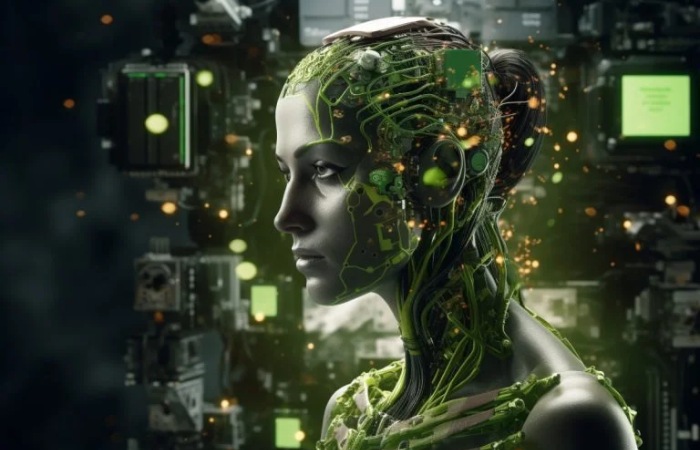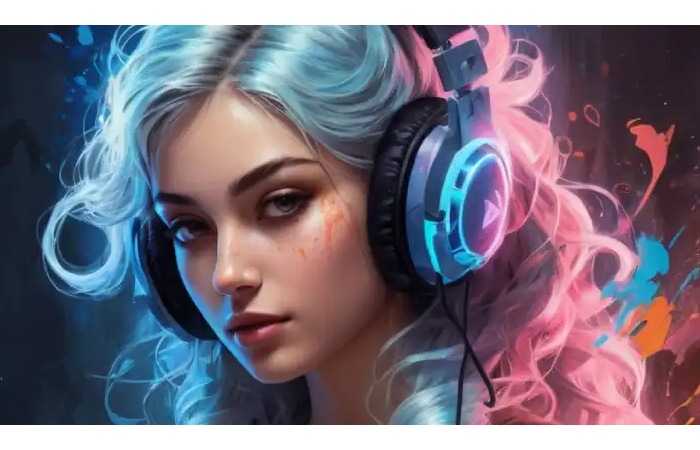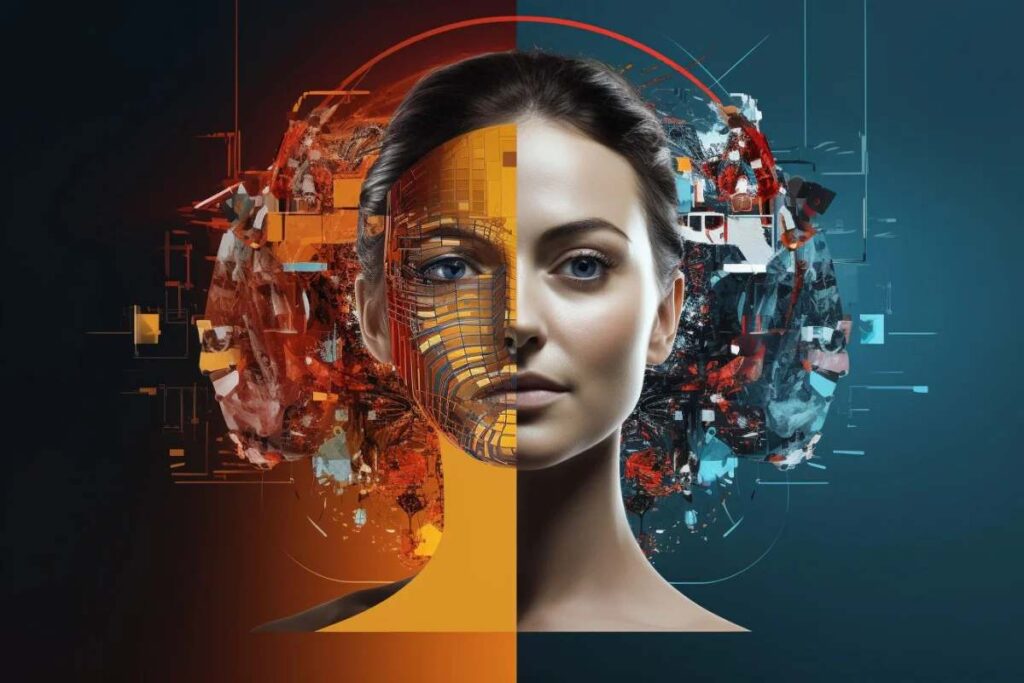Artificial intelligence (AI) has made unbelievable advances in recent years AI image generator, creating creative tools that were once unimaginable. One of the most exciting developments is the ability to make images based on text prompts.
This technology allows anyone to turn their imagination into visual art by writing a description. In this article, we will walk you through creating your own AI image generator from arbitrary text, exploring the various platforms and tools that will allow you to create and customize your creative assistant.
What is AI image generation from text?

AI image generation from text, also known as text-to-image synthesis, is a technology that allows machines to generate visual content based on a written description AI image generator. These schemes use deep learning models such as reproductive adversarial networks (GANs) or more advanced methods such as CLIP+VQGAN to interpret and transform text input into images. For example, typing “futuristic city at sunset” can generate a unique picture of what the AI thinks a futuristic city at sunset might look like.
Why create your own?
While there are already several popular AI image generators, creating your generator can have several benefits:
Customization: Tailor the generator to your specific needs and creative vision.
Learning: Gain valuable experience with AI and machine learning techniques.
Control: Have complete control over how the model is trained and applied.
Cost-effective: With free tools available, you can experiment without worrying about costs.
Let’s look at how you can start creating your own AI image generator from text using free resources and platforms.
Step-by-Step Guide to Building Your Own AI Image Generator

Step 1: Choose a Platform and Tools
Several open-source platforms and libraries allow you to build your AI image generator. Some of the more popular options are:
1. DALL E Mini (crayon)
DALL E Mini, now known as Crayon, is a lightweight version of OpenAI’s DALL E model. It’s an easy-to-use web tool that generates images from text questions for free. While it doesn’t offer all the capabilities of DALL E 2 or other more complex models, it’s a great starting point for anyone looking to get started with AI image generation.
How to use: Visit the Crayyon website, enter a text prompt, and let the AI generate images. You can save and refine the results as you see fit.
2. DeepAI Text-to-Image API AI image generator
DeepAI offers a free API for converting text to an image. This tool provides an easy way to turn text descriptions into visual content. It’s perfect for developers who want to integrate AI image creation into their apps or websites.
How to use: You’ll need basic coding knowledge to interact with the DeepAI API. Once you’ve signed up for an account and received an API key, you can use it to send text requests and receive image data in return AI image generator.
3. RunwayML AI image generator
RunwayML is a platform designed for creatives and developers that offers a range of AI tools for various purposes, including text-to-image conversion. It provides a simple interface and ready-made models that let you start creating images with minimal setup.
How to use: You can use the platform for free, but it has some limitations. RunwayML is easy to use and even supports real-time collaboration. You can upload text questions directly or integrate them with creative software like Adobe Photoshop or Unity AI image generator.
4. Stable Diffusion.
Stable Diffusion is an open-source AI model for generating detailed images from text. It is becoming progressively popular due to its high output quality and flexibility. It can be run locally on your computer if you have the proper hardware (such as a powerful GPU) or use cloud platforms hosting the model.
How to use: You will need some technical knowledge and resources for a local installation. Alternatively, platforms like DreamStudio (official web version) allow you to create free materials with a limited number of credits, after which you may need to purchase additional credits AI image generator.
5. Artbreeder AI image generator
Artbreeder is another creative tool that combines AI and human input. It allows you to create images by mixing genes (attributes) from existing or new photos from text. Although it is not focused exclusively on converting text to an image, it is an excellent option for processing the images you create.
How to use: Create an account, explore existing pictures and experiment with different settings to create new images based on text prompts.
Step 2: Understand the Basics of AI and Image Generation.
While many of the tools above offer easy-to-use interfaces, it’s still important to understand the core concepts of AI image generation. Here are some key terms and concepts to get familiar with:
Generative Adversarial Networks (GANs): This is the core technology behind many AI image-generation tools. GANs consist of two neural networks: one that generates images and one that estimates their realism, improving over time.
CLIP (Contrastive Language and Image Pre-Learning): This model developed by OpenAI combines images and text, allowing AI to understand and generate images based on text input AI image generator.
Latent Space: Refers to the compressed space in which features of images are represented. Text-to-image models explore this space to generate visuals based on text descriptions.
Learning about these technologies will help you better understand the results and limitations of your AI models.
Step 3: Start Experimenting with Text Prompts
Once you’ve chosen a platform, it’s time to start creating images! One of the most fun aspects of text-to-image AI is experimenting with different prompts. Be specific in your descriptions and think about the following:
Details: Add colour, lighting, atmosphere, and emotional tone AI image generator.
Style: Include art styles like “watercolour” or “cyberpunk.”
Mood: Set the mood of the image with words like “calm,” “chaotic,” or “dreamy.”
Experimenting with different prompts will allow you to see the full possibilities and customize how the AI interprets your text.
Step 4: Refine the Results AI image generator
In most cases, the first images you create may not be exactly what you expected. That’s a good thing! Many platforms allow you to refine or iterate on your results. You can customize the text instructions, change the settings, or use other tools to fine-tune the output.
Using a tool like Stable Diffusion, you can experiment with parameters like image size, level of detail, or creative control. Some platforms also support “sketching,” which allows you to change specific areas of the image, which can help improve the results.
Step 5: Share Your Creations and Learn from Others
Once you’ve created a few images, please share them with friends, colleagues, or the creative community. Platforms like Reddit, Discord, or Twitter have active communities of AI creators who can offer feedback, advice, and new ideas for tips and techniques.
Joining these communities will help you stay updated with new AI tools, models, and image-creation techniques AI image generator.
Conclusion
Creating your own AI image generator from text can be a fun and satisfying scheme, especially with the many free resources available today. Whether you’re a developer, an artist, or just a creative person willing to experiment, the tools and platforms described in this guide will help you bring your text instructions to life.


